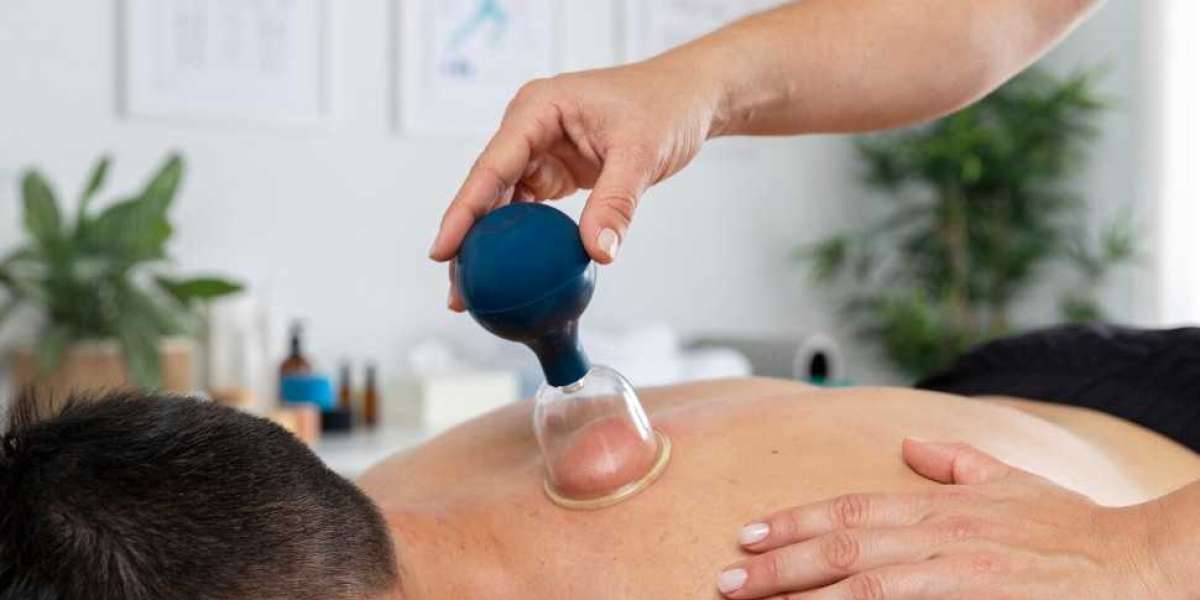In today’s fast-paced world, people are increasingly seeking effective, non-invasive treatments for chronic pain, tension, and stress-related conditions. Two practices that have gained significant attention for their healing abilities are dry needling and Chinese medicine. Though they originate from vastly different traditions—Western biomedical science and ancient Eastern philosophy—they can work together to provide a comprehensive and balanced approach to health.
What is Dry Needling?
Dry needling is a modern therapeutic technique used primarily by physical therapists and sports medicine practitioners. It involves inserting ultra-thin, sterile needles into myofascial trigger points—specific, tight knots in muscles that cause pain and limit mobility. The goal of dry needling is to reduce muscle tension, improve circulation, restore function, and relieve pain.
Unlike acupuncture, dry needling does not focus on the body’s energy or meridians but instead targets anatomical structures based on clinical diagnosis and musculoskeletal knowledge. It is often used to treat sports injuries, tension headaches, neck and back pain, and joint dysfunction.
The Essence of Chinese Medicine
Chinese medicine, on the other hand, is a holistic and ancient system that has been practiced for over 2,000 years. It is based on the idea that the body’s health depends on the smooth flow of Qi (vital energy) through pathways called meridians. When this energy is blocked or unbalanced, illness and discomfort occur.
Practices in Chinese medicine include acupuncture, herbal treatments, moxibustion, cupping, and Tui Na (therapeutic massage). Acupuncture, perhaps the most well-known method, involves inserting needles into specific meridian points to correct imbalances and restore the natural flow of Qi.
Complementary Techniques: East Meets West
Though dry needling and Chinese medicine differ in theory and practice, they are not mutually exclusive. In fact, many integrative health practitioners are finding that combining the two techniques can offer exceptional results. While dry needling provides immediate relief by releasing tight muscles and improving blood flow, Chinese medicine supports long-term healing by addressing the root causes of pain and dysfunction—whether emotional, energetic, or lifestyle-related.
A typical integrative session might involve dry needling to relieve acute muscle spasms followed by acupuncture to support organ function, emotional balance, and energy flow. Herbal remedies or dietary recommendations from Chinese medicine can further enhance the body’s healing process.
This combined approach not only accelerates physical recovery but also boosts overall wellness, reduces stress, and improves sleep and digestion.
Conclusion
The union of dry needling and Chinese medicine represents a powerful alliance between modern science and ancient healing. Together, they offer a balanced, effective, and personalized approach to healthcare that treats both symptoms and root causes. As more people seek natural and holistic alternatives to pain management, the integration of dry needling with Chinese medicine is paving the way for a healthier, more harmonious future.



